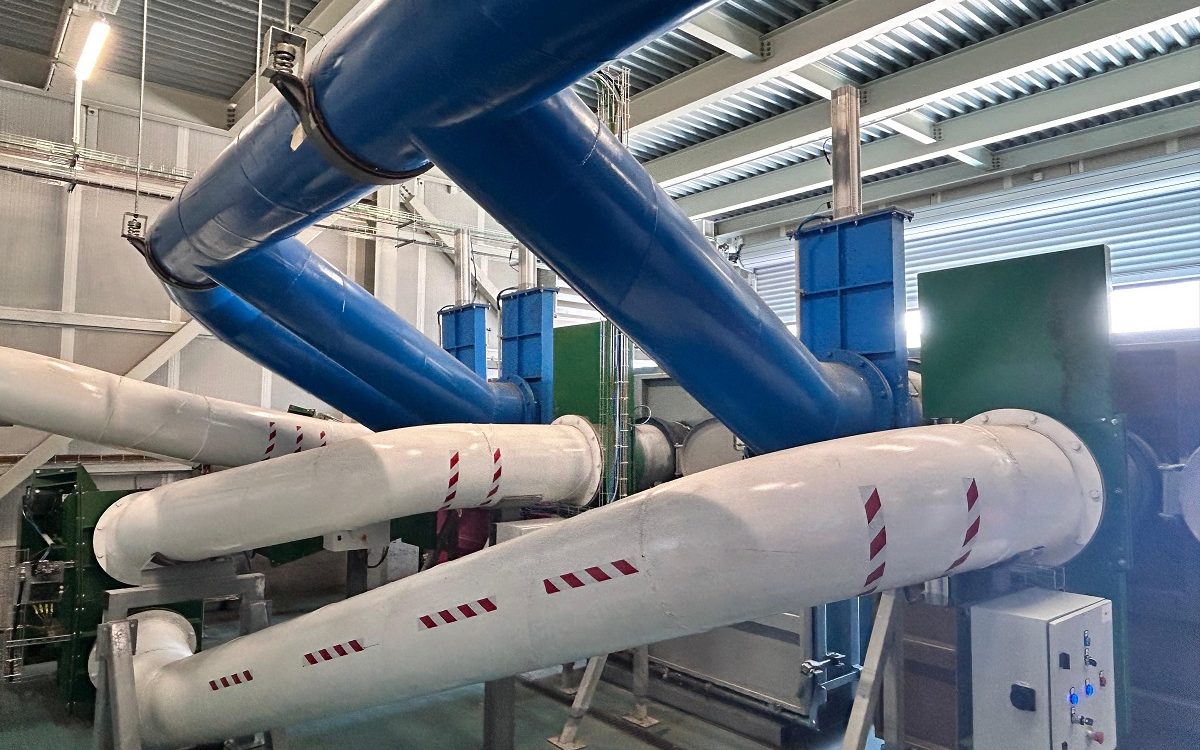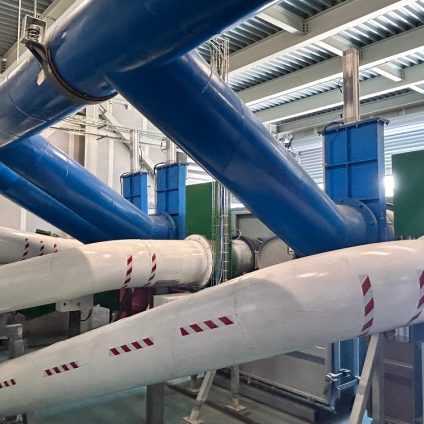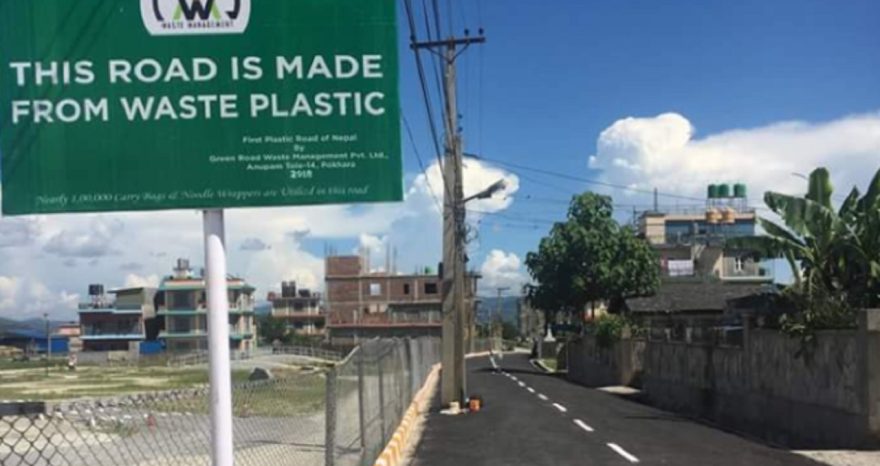Venice Airport adopts Italy’s first waste pneumatic system, cutting CO₂ and improving circular waste management across its terminals

Venice’s Marco Polo Airport has unveiled the country’s first waste pneumatic system to manage its internal waste collection. The innovation consists of a 500-meter underground pipe network that uses vacuum suction to move trash directly from waste generation points inside the passenger terminal to a centralized location. The fully automated system is a first-of-its-kind in Italy.
“The pneumatic system marks a key step in our roadmap within the Master Plan 2037, which aims to expand this solution across the entire airport,” said Monica Scarpa, CEO of the SAVE Group. “We’ve planned an additional €52 million investment as part of our broader €378 million commitment to environmental sustainability.”
read also Hydrogen aviation: maxi study on 50 airports in Sweden and Norway
A serious step toward circular economy
With this move, Venice becomes the second airport in Europe, after Oslo, to implement such an innovative waste management model. Developed by Envac, a global leader in automated waste collection, the project reflects a strong commitment to sustainability from both Envac and the SAVE Group. The initial investment totaled €2.1 million.
The automated waste pneumatic system is currently operational on the south side of the passenger terminal but will be extended throughout the airport in coming years. Waste is sorted into three sealed containers: dry, glass mixed with plastic and cans, and organic. Paper is processed through a separate collection stream. Periodic collection trucks then transport the waste to recovery and treatment centers.
Key advantages of the waste pneumatic system
The system operates continuously, 24/7, enabling more effective separation of recyclable materials. Automation reduces errors in waste sorting and eliminates the need for manual transport within the airport.
One major benefit is the reduction of CO₂ emissions tied to conventional waste transportation. By eliminating internal waste collection vehicles, the airport expects to cut around 6 tons of emissions annually. With centralized collection now taking place directly at the terminal hub, multiple vehicle trips are no longer necessary.
Additionally, because the system currently handles 33% of all airport-generated waste, it allows for the removal of all intermediate collection points across the terminal. Pneumatic transfer also minimizes human handling of waste, significantly improving working conditions for onsite staff.












